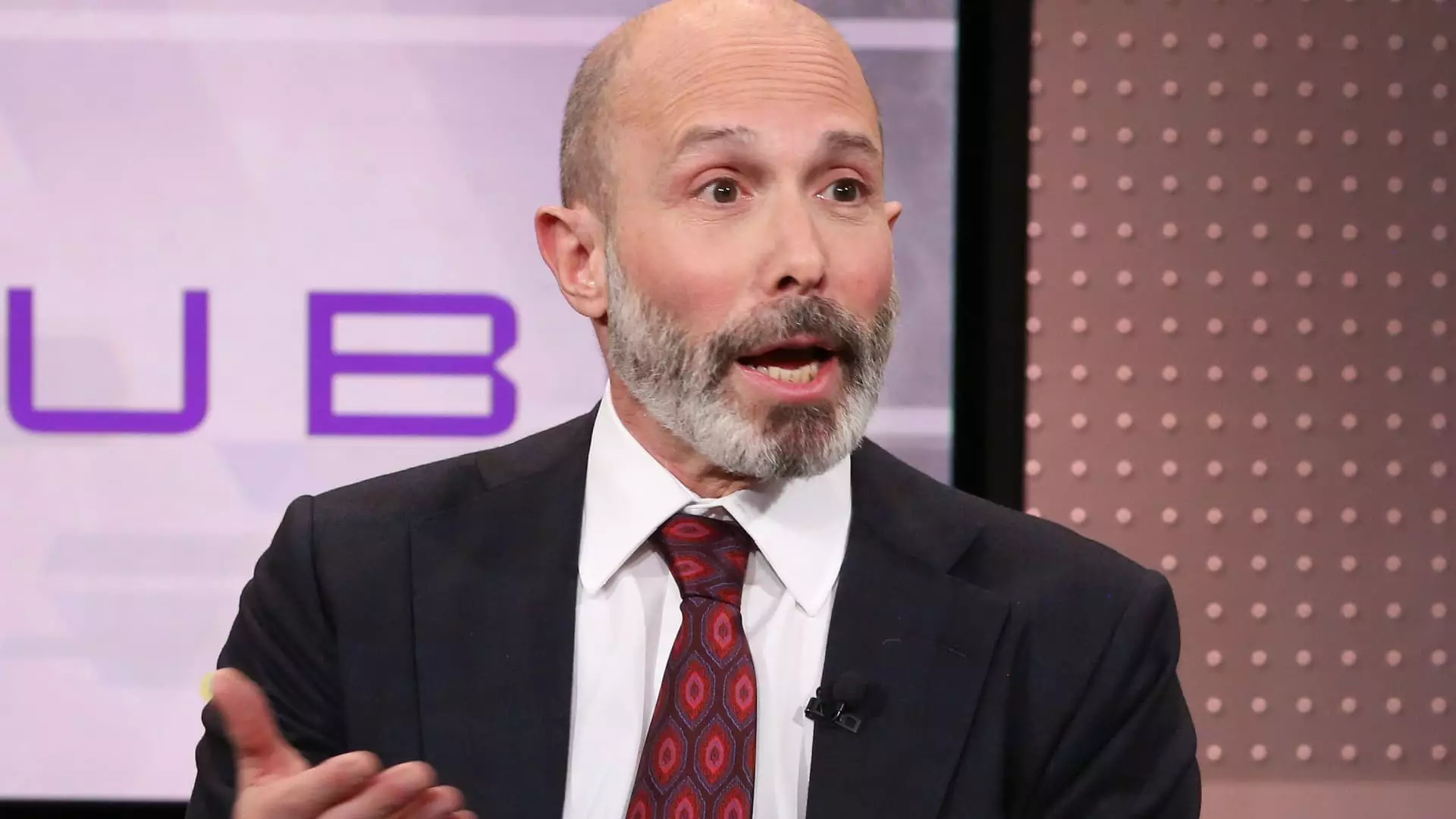California’s insurance landscape is becoming increasingly challenging, particularly for major providers like Chubb. As reported by Chubb’s CEO, Evan Greenberg, the company’s strategy of avoiding risks that do not offer a reasonable return has proven effective. Chubb has made a mark in the industry, delivering substantial results in 2024, which has been heralded as the best year in the company’s history. However, this success does not come without its challenges, especially in a state like California, known for catastrophic events such as wildfires that impact the insurance sector significantly.
Evan Greenberg highlighted the $1.5 billion in projected net pretax costs that Chubb anticipates from the recent wildfires in Southern California. This figure underscores the financial strain that natural disasters impose on insurers. The company’s decision to reduce its wildfire exposure by 50% reflects a proactive approach to risk management, acknowledging the reality of an environment where potential losses can spiral out of control.
The struggle for insurers isn’t just about the immediate costs associated with disaster response; it extends to the underlying economics of insurance pricing. Greenberg pointed out that regulatory measures in California, along with consumer advocacy pressures, prevent insurers from setting premiums that accurately reflect the risks in high-risk areas. This “unsustainable model” can lead to the proliferation of risky living conditions, as individuals may choose to reside in areas that are unsuitable for habitation, exacerbating the problem for both insurers and homeowners.
The persistent challenge of inflation is affecting the overall insurance landscape. As Chubb analyzed, the rates are inexorably rising, merely to maintain status quo, thus delaying any real margin improvement. This inflationary period calls for insurers to be strategic and agile in adjusting their business models. Chubb, confident in its capacity to manage these risks, has identified three primary sources of revenue growth moving forward: property and casualty underwriting, investment income, and life income.
The focus on commercial middle-market lines is particularly strategic. Greenberg pointed out that smaller companies — particularly those with revenues under $1 billion — are increasingly vulnerable due to climatic changes and a rise in litigation. Chubb’s robust financial standing, extensive data analytics capabilities, and reinsurance relationships position it favorably against regional and mutual insurers, which may be struggling to adapt.
Despite the challenging environment, Chubb’s financial metrics have shown commendable growth. In 2024, the property and casualty (P&C) underwriting income rose by 7%, complemented by a strong combined ratio of 86.6%. The growth in global P&C premiums and the spike in life premiums by 18.5% demonstrate Chubb’s resilience and adaptability. Notably, the fourth quarter showcased a net income of $2.58 billion, translating to earnings of $6.33 per share. Excluding certain items, the adjusted earnings were $6.02 per share.
Such figures not only highlight the company’s effective management but also its strategic targeting of affluent clientele who desire distinct coverage options. The reported 10% premium growth, along with an impressive 34% increase in new business within this demographic, illustrates the successful implementation of a premium pricing strategy in a segment where competition can be less fierce.
Looking ahead, Chubb’s management expressed a commitment to navigating through the complexities of the insurance industry, particularly in California. As rates continue to adjust to the realities of environmental and economic pressures, insurers must remain vigilant and ready to adapt. Greenberg emphasized that structural changes are necessary, and while California faces unique challenges, the lessons learned could resonate across other vulnerable regions in the United States.
Ultimately, Chubb’s approach to risk management, commitment to premium growth, and strategic positioning within the insurance market serve as a model for navigating the increasingly turbulent economic landscape. The challenges posed by climate change and regulatory constraints may be daunting, but companies like Chubb aim to harness these challenges as opportunities, ensuring profitability and sustainability in an increasingly unpredictable market.

